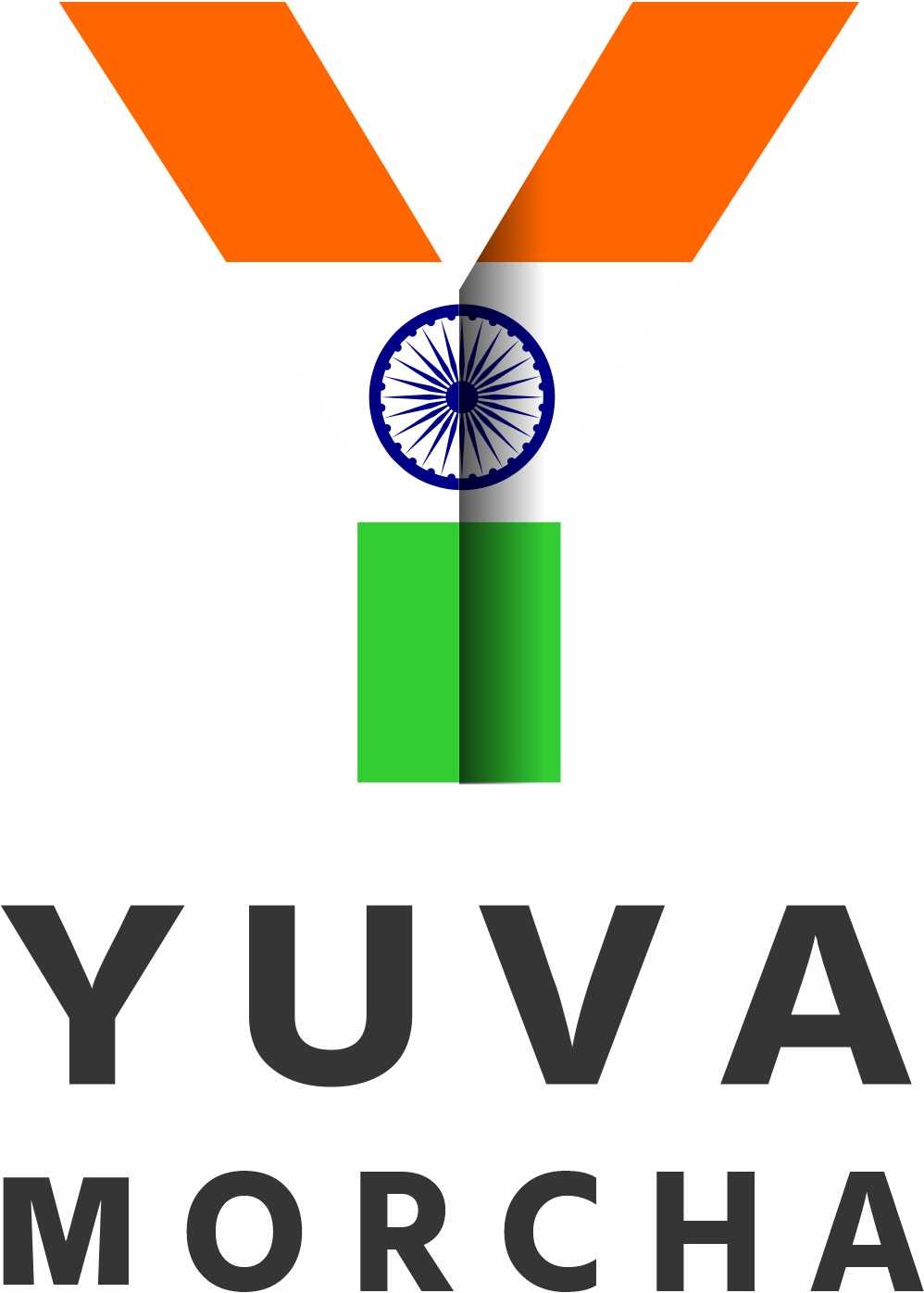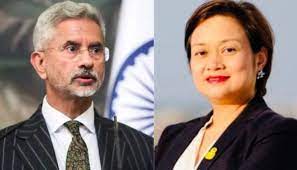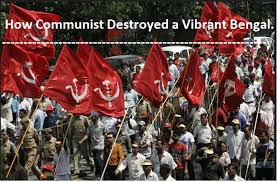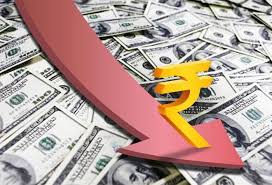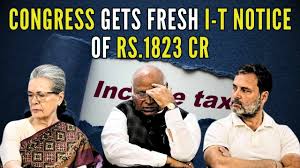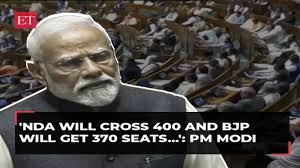Reason for spat between India and Thailand at the WTO meet:
Introduction:
A comment by Thailand’s ambassador to WTO Pimchanok Vonkorpon Pitfield accusing India of using subsidised rice procured for the public distribution system for capturing the export market has created a diplomatic storm with the government lodging a protest against the statement and Indian negotiators refusing to participate in discussions where Thai representatives are present
The Thai ambassador’s statement came during the meeting of the World Trade Organisation (WTO) in Abu Dhabi.
What is the genesis of the spat?
- Back in 1994, the WTO set up an agreement to lower import taxes and subsidies that affect agriculture.
- Subsidies can make farming and trade unfair because they might encourage overproduction or lower prices too much.
- The rules allow developing countries to subsidise up to 10% of their agriculture’s value of production. For developed countries, the cap is 5%.
- But rich countries have found ways to go much higher than their cap. For instance, a paper by the Centre for WTO Studies estimated that EU was providing 150% of its sugar’s value of production as subsidy, and the US 189% to coffee.
- The rules favour wealthier nations, giving them more ways to support their farmers and dominate the global market. This makes it harder for poorer countries to compete.
- For example, India has exceeded the 10% subsidy limit for rice, and others might too. The prices, set in the 1980s as a reference for what counts as a subsidy, are outdated, not accounting for inflation or current market prices.
- Farms are small in India, which makes government support vital. There is also the need to keep food in stock for the poor during crises like the Covid pandemic or global conflicts.
- Calculations by Centre for WTO Studies show that per farmer support in India is around $300, whereas in US it is around $80,000. So, an American farmer, with average land holding of 180 hectare, gets 267 times what a tiller gets in India, where average land holding is just above one hectare.
- To move forward with trade discussions, developed countries agreed to a ‘peace clause’ that prevents disputes over subsidy limits. Since then, India and others have been pushing to find a permanent solution.
- Rich countries think public stockholding programmes distort trade. They’ve accused developing countries like India of exporting subsidised grains. This is where Thai ambassador’s Wednesday allegation comes in.
www.startupstreets.com, www.intellexCFO.com, www.intellexconsulting.com
